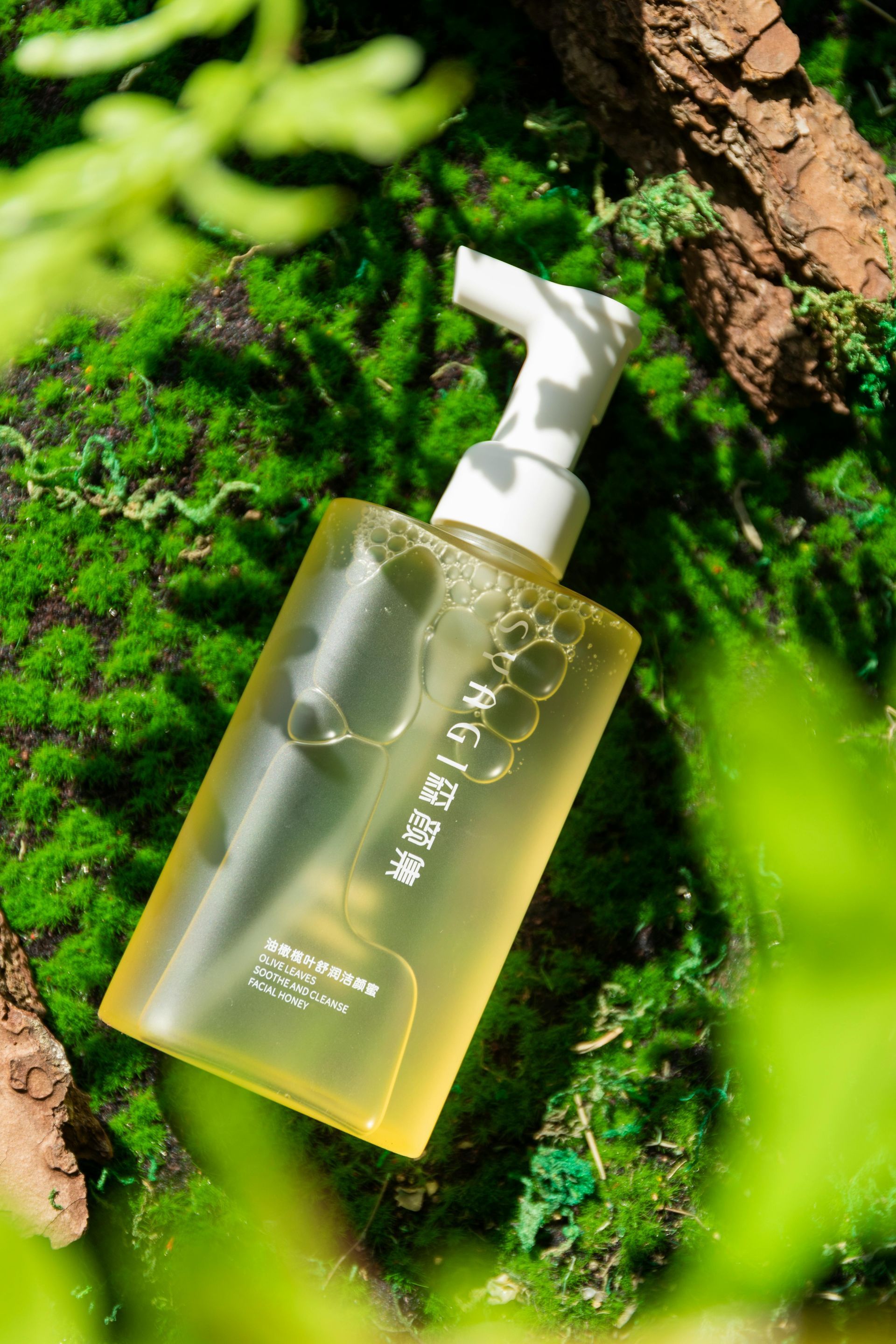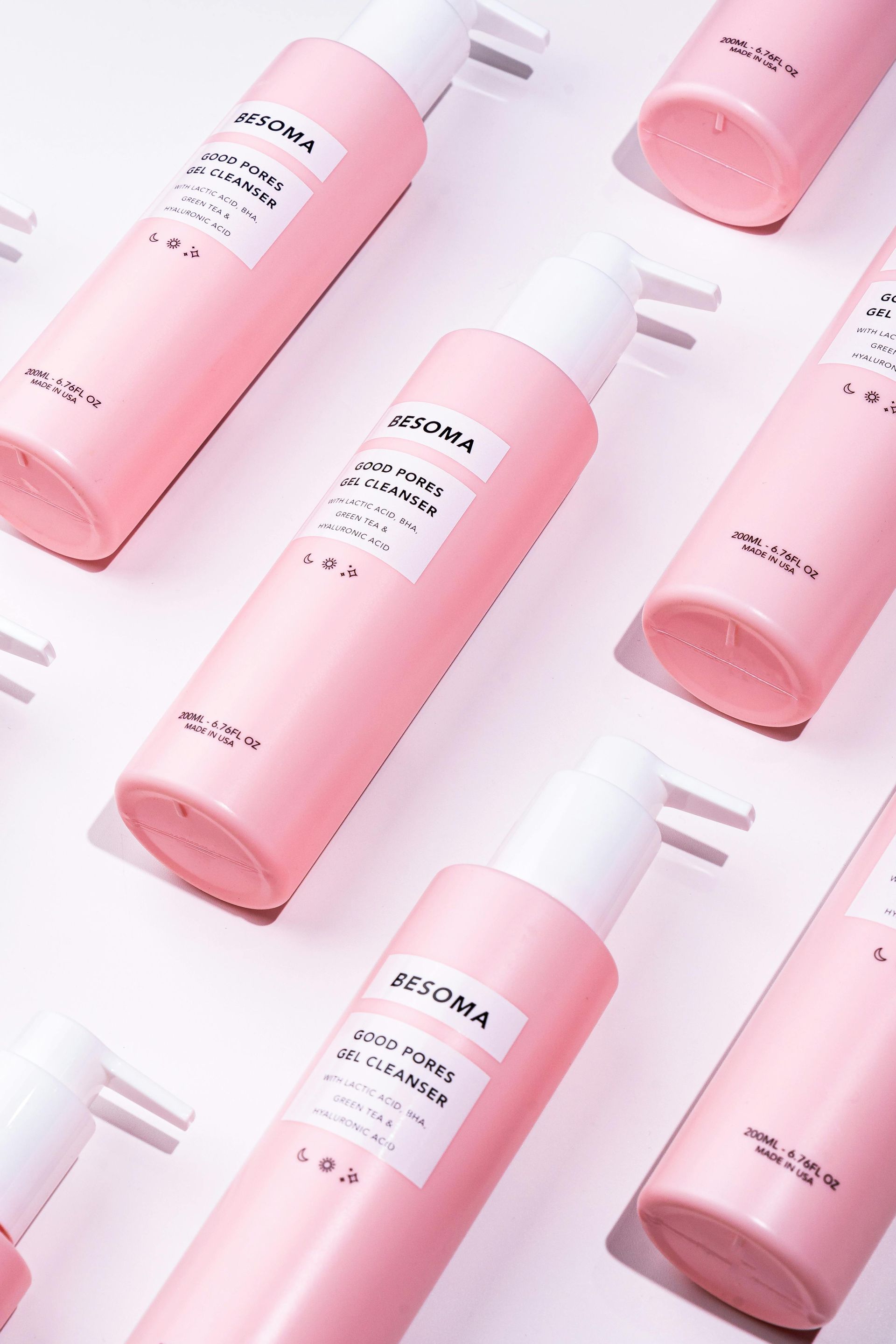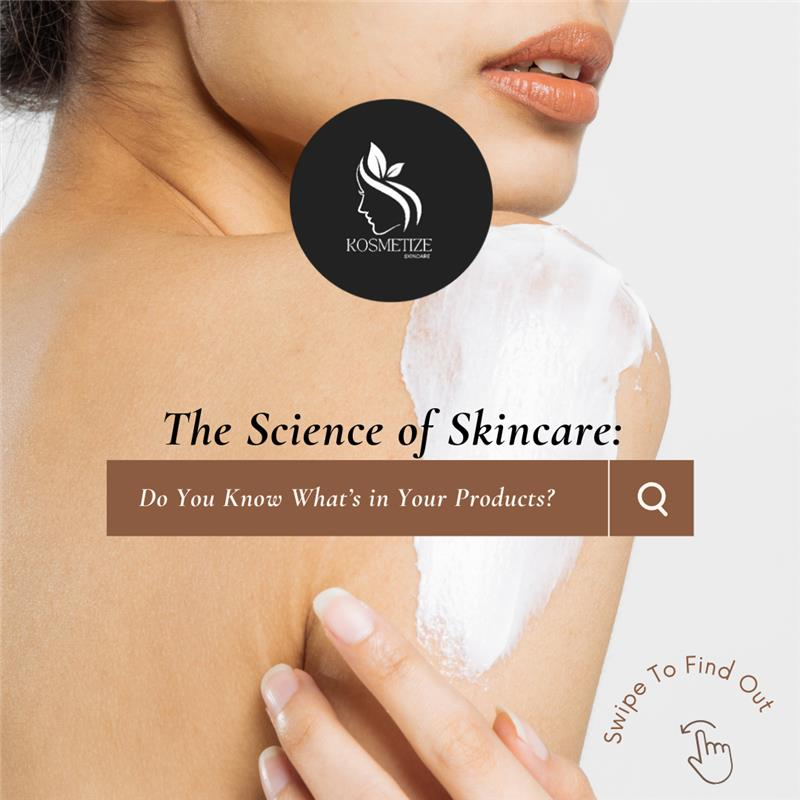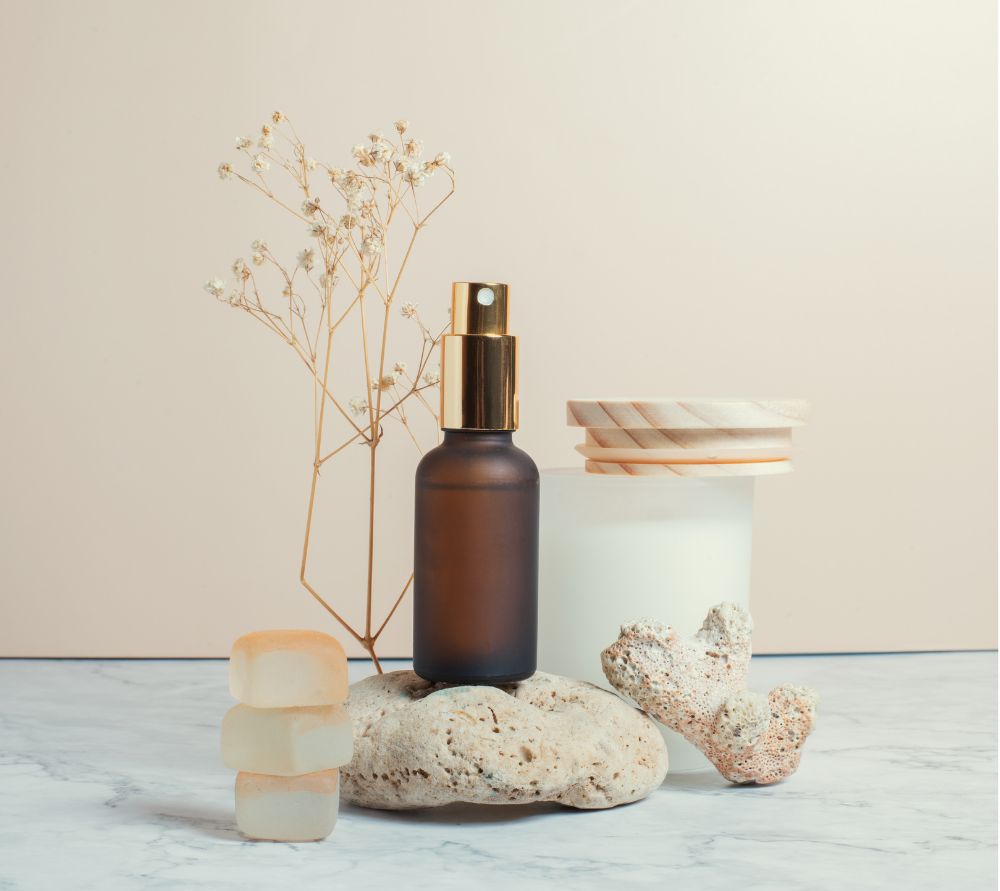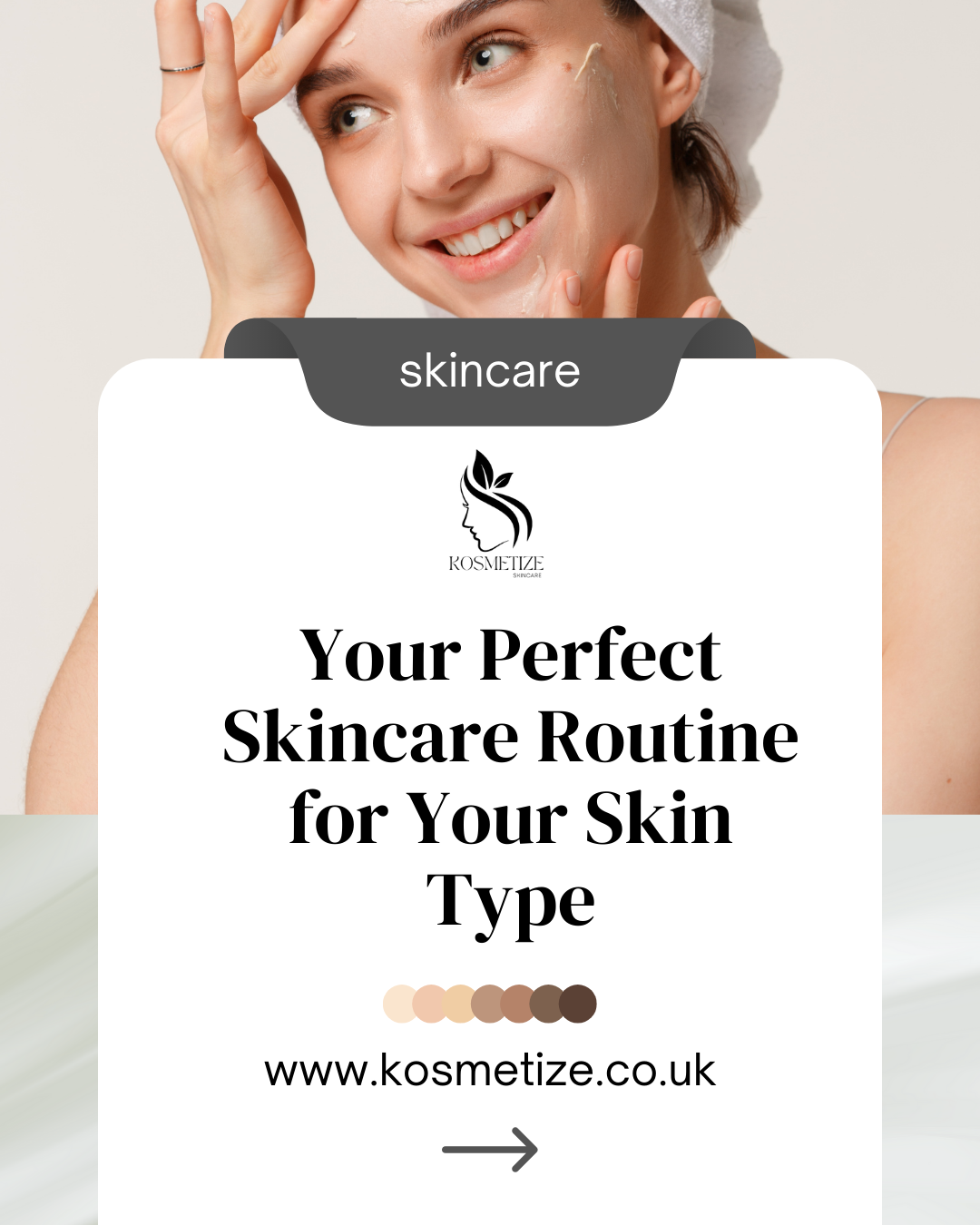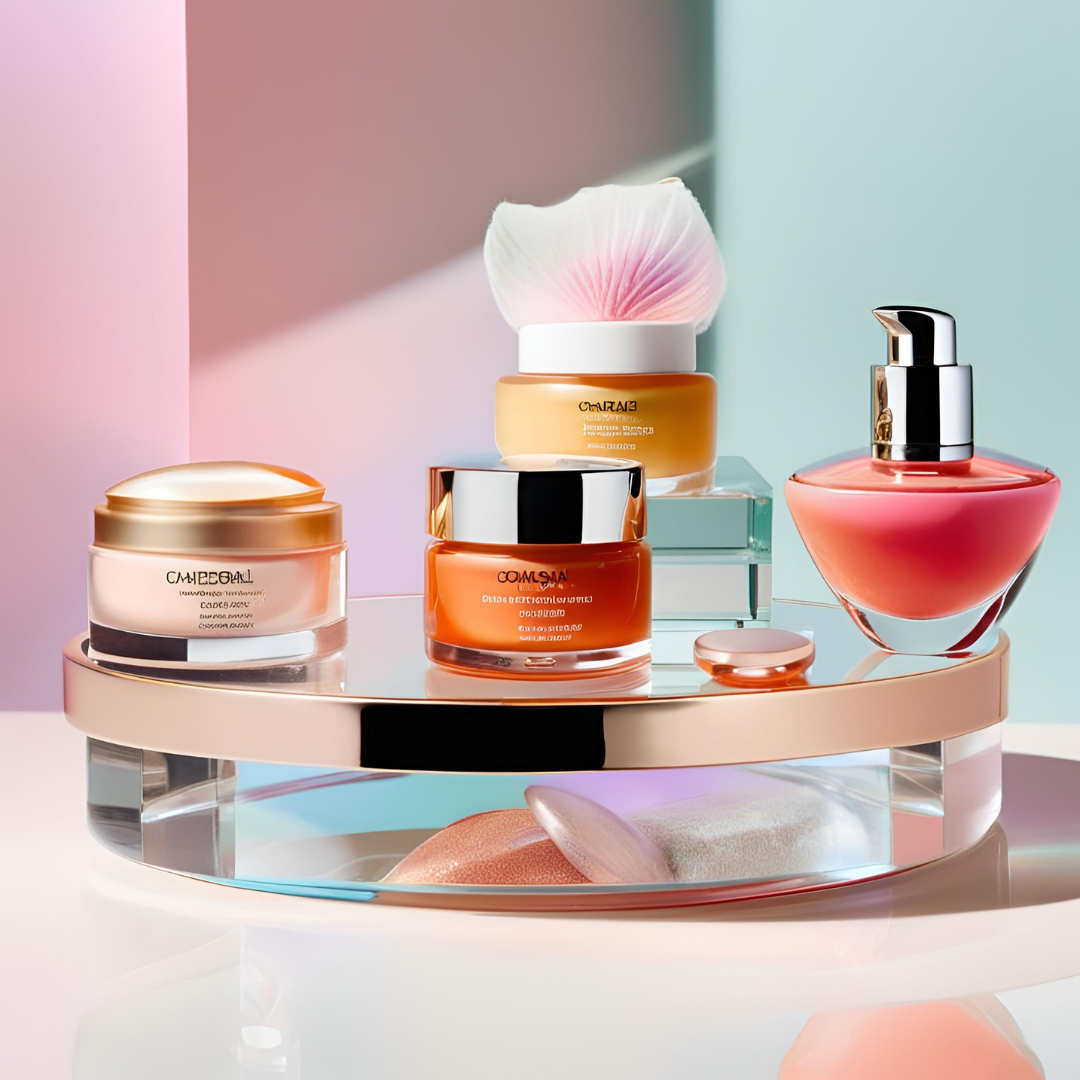Get in touch
+44 736 716 8889
info@kosmetize.co.uk
FOLLOW US
 Italiano
it
Italiano
it
 Malti
mt
Malti
mt
 Deutsch
de
Deutsch
de
 polski
pl
polski
pl
 Afrikaans
af
Afrikaans
af
 русский
ru
русский
ru
 slovenčina
sk
slovenčina
sk
 Македонски
mk
Македонски
mk
 Français
fr
Français
fr
 English
en
English
en
 Español
es
Español
es
 Français
fr
Français
fr
 日本語
ja
日本語
ja
 हिन्दी
hi
हिन्दी
hi
 繁體中文
zh
繁體中文
zh
 български
bg
български
bg
 Español
es
Español
es
 íslenska
is
íslenska
is
 Español
es
Español
es
 eesti
et
eesti
et
 English
en
English
en
 العربية
ar
العربية
ar
 Latviešu
lv
Latviešu
lv
 Español
es
Español
es
 Suomi
fi
Suomi
fi
 简体中文
zh
简体中文
zh
 português
pt
português
pt
 Deutsch
de
Deutsch
de
 magyar
hu
magyar
hu
 hrvatski
hr
hrvatski
hr
 English
en
English
en
 ქართული
ka
ქართული
ka
 Nederlands
nl
Nederlands
nl
 slovenščina
sl
slovenščina
sl
 Tiếng Việt
vi
Tiếng Việt
vi
 Türkçe
tr
Türkçe
tr
 한국어
ko
한국어
ko
 Español
es
Español
es
 Español
es
Español
es
 Bahasa Indonesia
id
Bahasa Indonesia
id
 Filipino
tl
Filipino
tl
 ไทย
th
ไทย
th
 português
pt
português
pt
 繁體中文
zh
繁體中文
zh
 Dansk
da
Dansk
da
Makeup Tips for Every Occasion: How to Get the Perfect Look Every Time
When it comes to skincare, choosing the right products for your skin type can make all the difference. With so many options on the market, finding the best products can be overwhelming. However, by understanding your skin’s needs and knowing what ingredients to look for, you can create a routine that leaves your skin healthy, glowing, and well-nourished.
Here’s a step-by-step guide to help you buy the best skincare products for your skin:
Step 1: Know Your Skin Type
Before you even start looking at products, it’s essential to know your skin type. Your skin type determines the kinds of products and ingredients that will work best for you. Here’s a quick breakdown:
- Oily Skin: You tend to have larger pores, shiny skin, and are prone to acne or breakouts.
- Dry Skin: Your skin often feels tight, flaky, or rough, and lacks moisture.
- Combination Skin: You experience oiliness in the T-zone (forehead, nose, chin), but dryness on the cheeks.
- Sensitive Skin: Your skin is easily irritated, with frequent redness, itching, or reactions to products.
- Normal Skin: Your skin is balanced, with no major concerns related to oiliness, dryness, or sensitivity.
Step 2: Understand Key Skincare Ingredients
Knowing which ingredients to look for—and which to avoid—can make choosing products much easier. Here are some of the best ingredients for each skin type:
- For Oily/Acne-Prone Skin:
- Salicylic Acid: Helps unclog pores and reduce breakouts.
- Niacinamide: Regulates oil production and minimizes pores.
- Clay (Bentonite or Kaolin): Absorbs excess oil and detoxifies the skin.
- For Dry Skin:
- Hyaluronic Acid: Hydrates and plumps the skin by drawing in moisture.
- Ceramides: Helps restore the skin barrier and lock in moisture.
- Glycerin: A humectant that pulls moisture into the skin from the environment.
- For Sensitive Skin:
- Aloe Vera: Soothes and calms irritated skin.
- Chamomile Extract: Known for its anti-inflammatory and calming properties.
- Oatmeal: Reduces redness and irritation, making it great for sensitive skin.
- For Combination Skin:
- Jojoba Oil: Balances oil production while still moisturizing dry areas.
- Green Tea Extract: Contains antioxidants and helps balance oil without drying the skin.
- Lactic Acid: Gently exfoliates and hydrates, making it ideal for balancing both oily and dry areas.
- For Normal Skin:
- Vitamin C: Brightens the skin and protects against environmental damage.
- Squalene: A lightweight oil that moisturizes without clogging pores.
- Peptides: Help with anti-aging by supporting collagen production.
Step 3: Build a Basic Routine
Once you know your skin type and the ingredients that benefit your skin, it’s time to build a basic skincare routine. Here are the essential steps:
- Cleanser: Start with a gentle cleanser that removes dirt, oil, and makeup without stripping your skin of its natural oils. For oily skin, look for a foaming or gel-based cleanser; for dry or sensitive skin, a cream-based cleanser is best.
- Toner: A toner helps to balance your skin’s pH levels and can also target specific skin concerns like acne or dryness. Look for alcohol-free toners, especially if you have sensitive or dry skin.
- Serum: Serums contain high concentrations of active ingredients that target specific concerns such as hydration, acne, or aging. For oily skin, look for lightweight, oil-free serums; for dry skin, hydrating serums with hyaluronic acid are ideal.
- Moisturizer: Choose a moisturizer that fits your skin type. For oily skin, a lightweight gel or oil-free lotion is ideal, while dry skin benefits from richer creams.
- Sunscreen: Never skip sunscreen, as it protects your skin from harmful UV rays and prevents premature aging. Look for a broad-spectrum SPF of 30 or higher, and choose a formulation that works with your skin type (gel-based for oily skin, moisturizing for dry skin).
Step 4: Avoid Common Skincare Mistakes
When buying skincare products, it’s easy to make mistakes that can lead to breakouts, irritation, or an ineffective routine. Here’s what to avoid:
- Overloading on Active Ingredients: While it’s tempting to try products with lots of active ingredients, using too many at once can overwhelm your skin. Start with one active ingredient and gradually add more over time.
- Skipping Patch Tests: Always patch-test new products before applying them all over your face, especially if you have sensitive skin.
- Buying Based on Trends: Just because a product is popular or trending doesn’t mean it’s right for your skin. Stick to products suited for your skin type and concerns.
- Ignoring Expiry Dates: Skincare products expire, and using them past their date can cause irritation or breakouts.
Step 5: Invest in Quality, Not Quantity
When buying skincare, it’s better to invest in a few high-quality products than to fill your cabinet with cheap or ineffective items. Look for brands that prioritize high-quality ingredients, transparent labeling, and are known for results. A well-crafted routine with a few targeted products will do more for your skin than a complex routine with unnecessary steps.
Step 6: Adapt Your Routine Over Time
Your skin’s needs can change with the seasons, age, and environmental factors. In colder months, you may need richer moisturizers, while in summer, lightweight, oil-free products may be best. Don’t be afraid to adjust your routine as your skin evolves.
Final Thoughts
Choosing the best skincare products for your skin doesn’t have to be complicated. By understanding your skin type, focusing on the right ingredients, and building a simple yet effective routine, you can achieve healthy, glowing skin. Remember that consistency is key, and taking the time to care for your skin will pay off in the long run!
